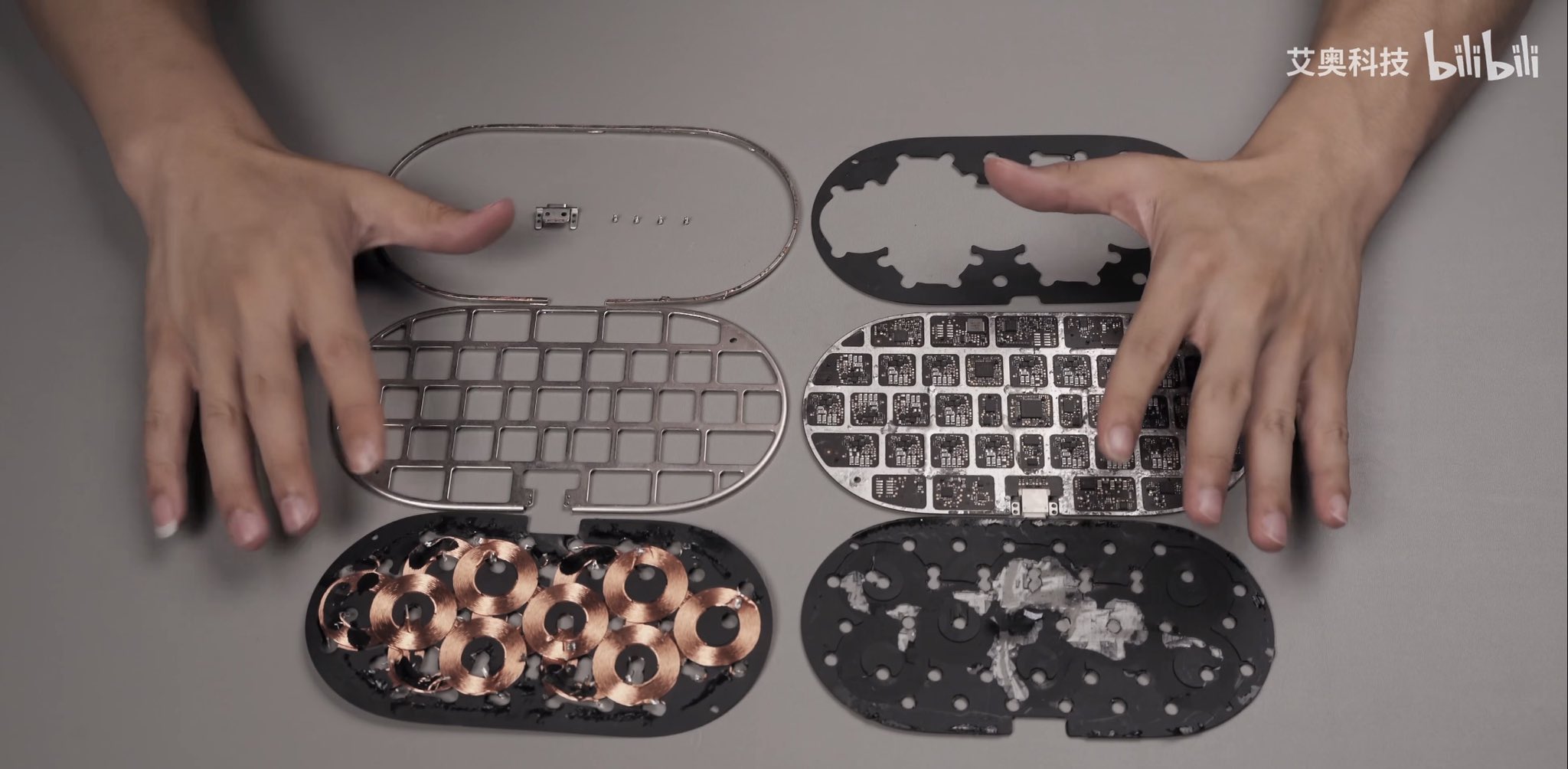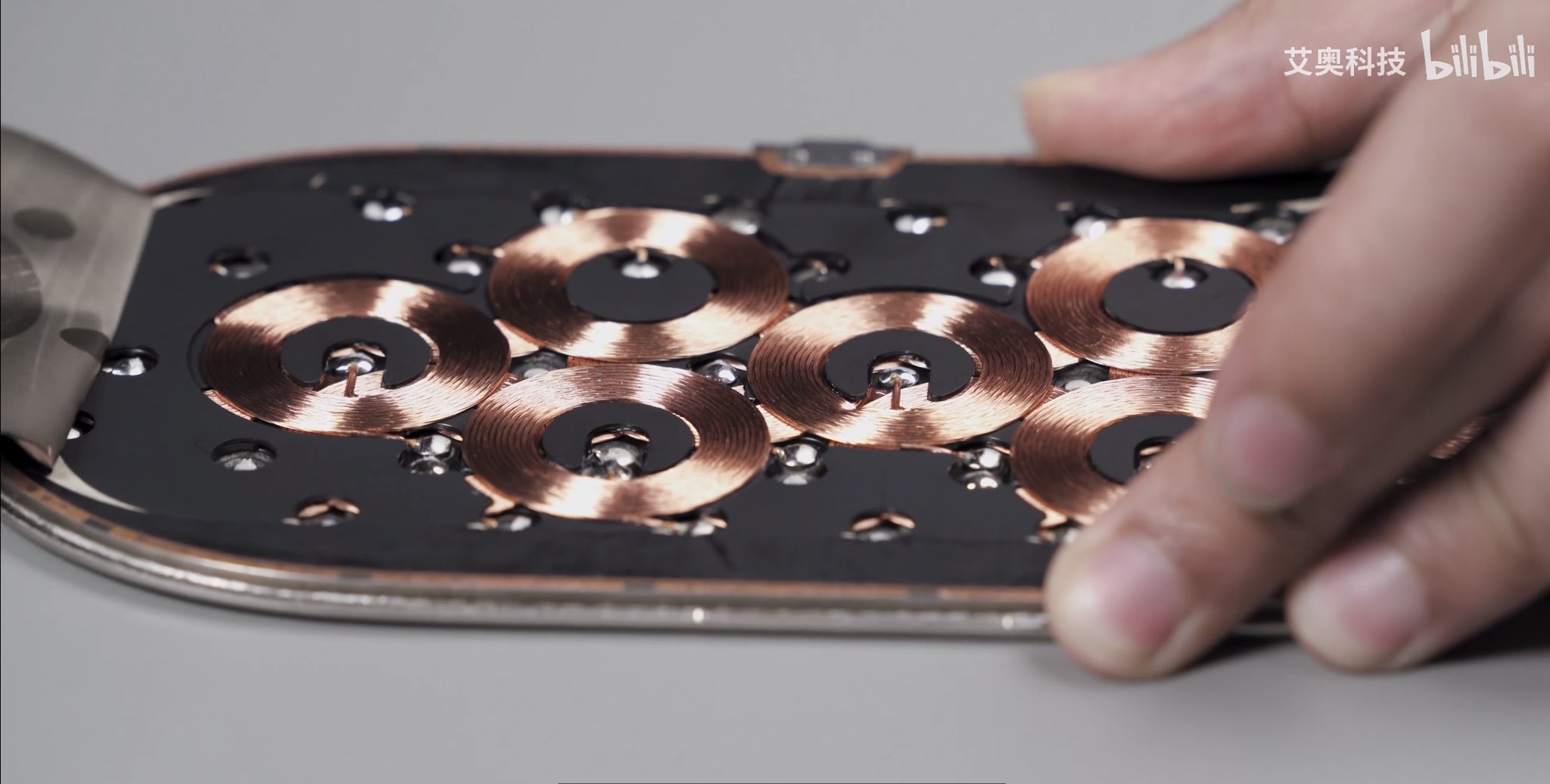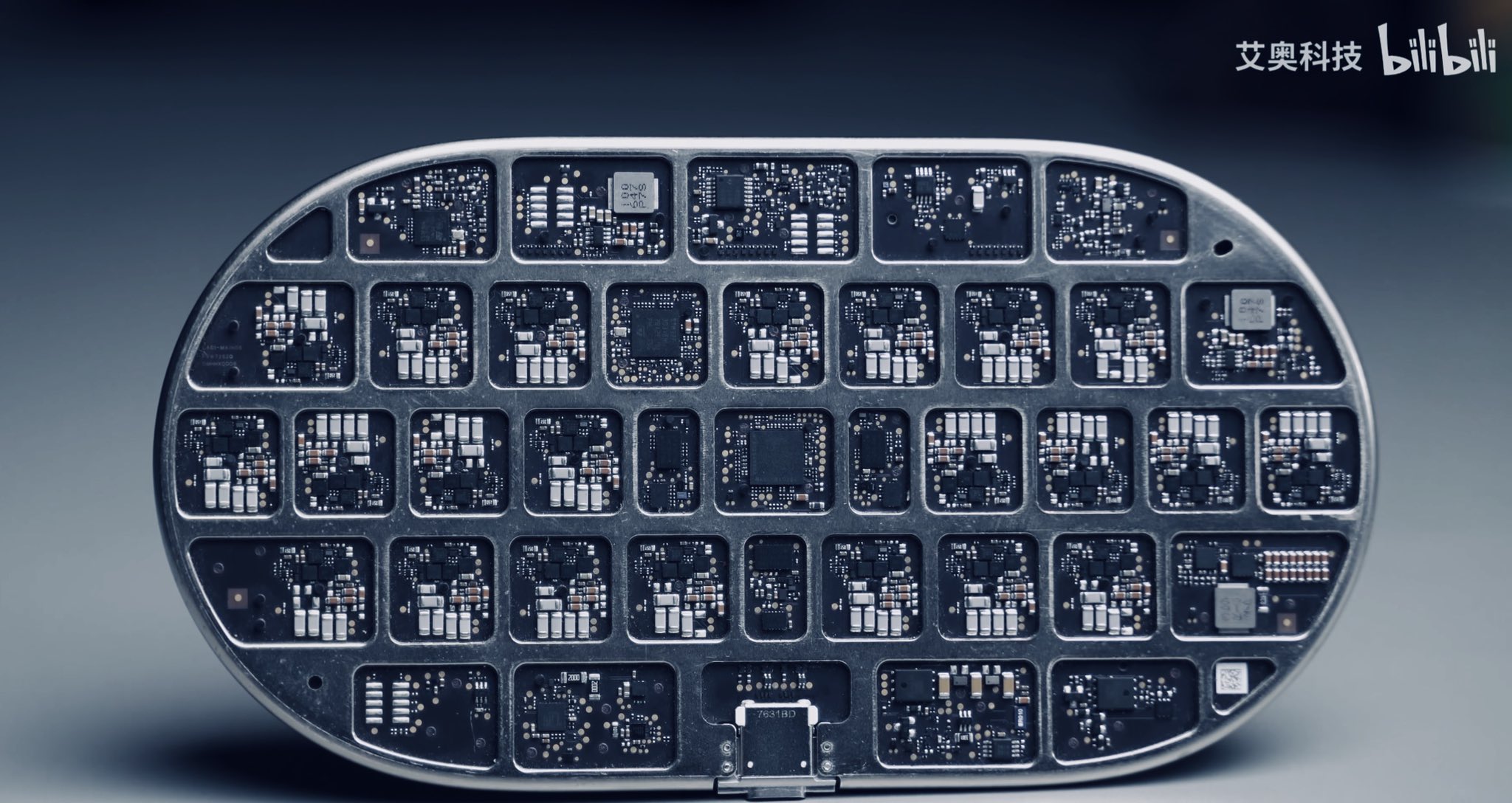Apple had a beautiful vision - a wireless world. It started with the wirelessly charged Apple Watch in 2015, continued with the removal of the 3,5mm jack connector in the iPhone 7 in 2016, but with the iPhone 8 and X came their wireless charging. It was 2017, and together with them, Apple introduced the AirPower charger, i.e. one of the company's most controversial products, which never made it to the public.
Vision is one thing, concept another and execution third. Having a vision is not difficult because it takes place in the field of imagination and ideas. Having a concept is more complicated, because you have to give the vision shape and real foundations, i.e. how the device should look and how it should work. If you have everything documented, you can make a prototype that you haven't won with yet.
We call it a verification series. The initial documentation is taken, and according to it, a certain number of pieces are produced to be used for debugging. Sometimes you find that the materials don't match, in other places, that the paint is peeling, that this hole should be a tenth to the side and that the supply cable would be better on the other side. On the basis of the "validator", the construction will meet again with the designers and the series will be evaluated. Taking into account the findings, the product is adjusted and the second verification series is carried out, repeating the cycle until everything is as it should be.
It could be interest you
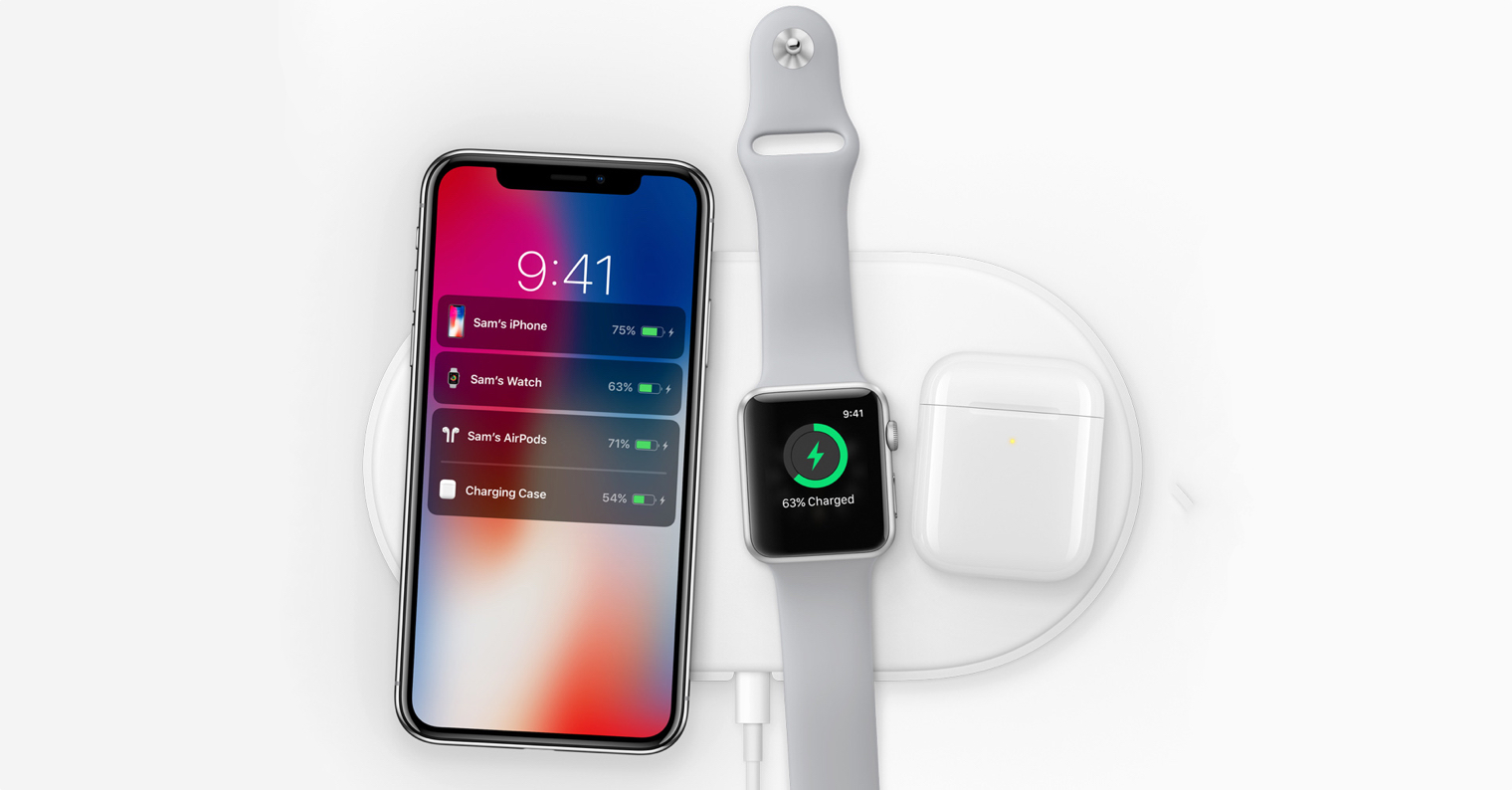
Great concept, poor execution
The problem with AirPower was that the whole project was rushed. Apple had a vision, it had a concept, it had a proof-of-concept series, but it didn't have one before series production. In theory, she could have started right after the show, but if everything was in order, which it wasn't. Plus, nearly 5 years since the introduction of this "revolutionary" wireless charger, there's nothing quite like it.
It can be seen that Apple took too big a bite that it could not turn into a finished product. It was a truly beautiful vision, because being able to place the device anywhere on the charger is unknown even today. There are a huge number of models of wireless chargers from many different manufacturers, which differ in many ways, but it usually starts and ends with the design. All of them have dedicated places for those devices that you can charge on them - phone, headphones, watch. Tossing these devices between their charging points means only one thing – a malfunctioning charge.
It could be interest you

Against the stream
Apple received a wave of criticism for ending production. But few saw how complicated such a device actually was to make, even now after so many years. But the laws of physics are clearly given, and not even Apple will change them. Instead of an interweaving of coils, each pad contains only the number of devices it is capable of charging, nothing more, nothing less. And even so, many of them get uncomfortably hot, which was AirPower's biggest ailment.
Moreover, it doesn't even look like we should really ever expect something like this. After all, users are used to how they work now, so why sink money into the development of something that can be outlived after a while. Apple has bet on MagSafe, which actually goes completely against the purpose of AirPower, because the magnets are supposed to fix the device in a specific place, not in an arbitrary one. And then there is short-distance charging, which is slowly but surely coming and will definitely bury at least cables.
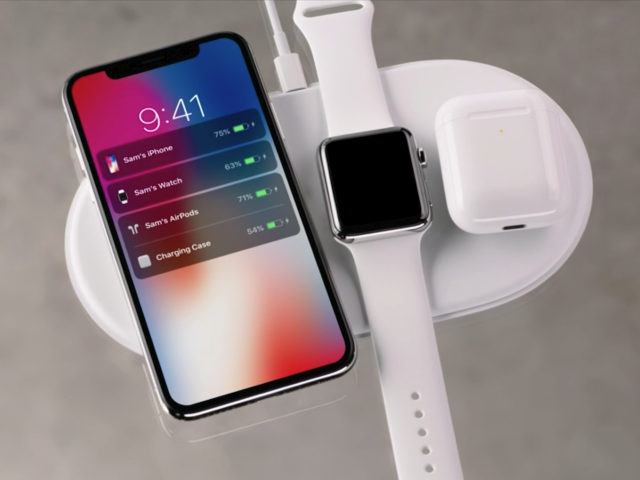
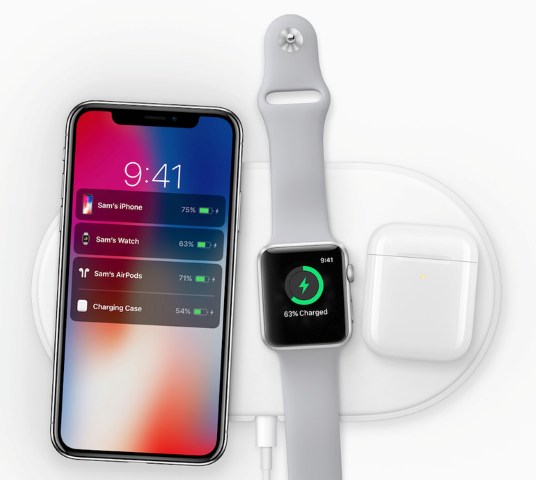
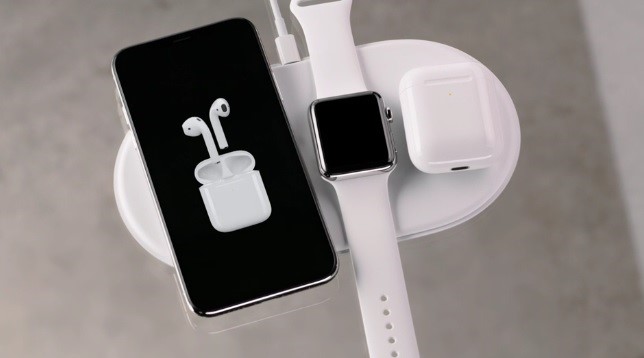
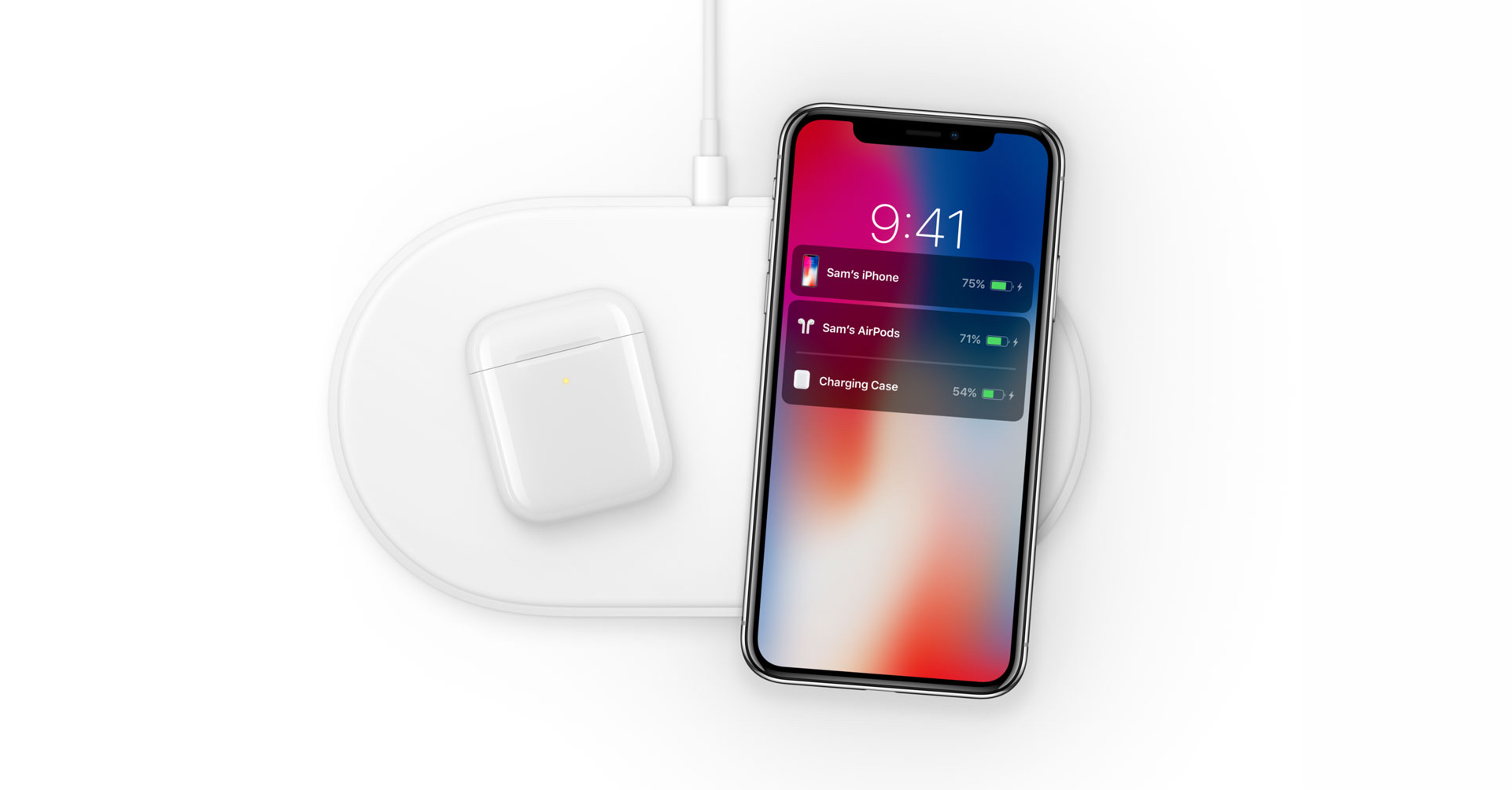
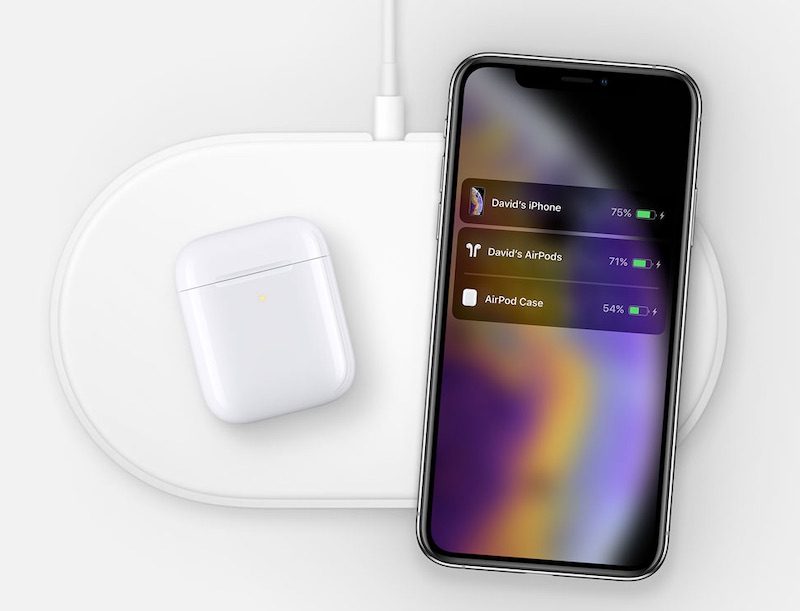
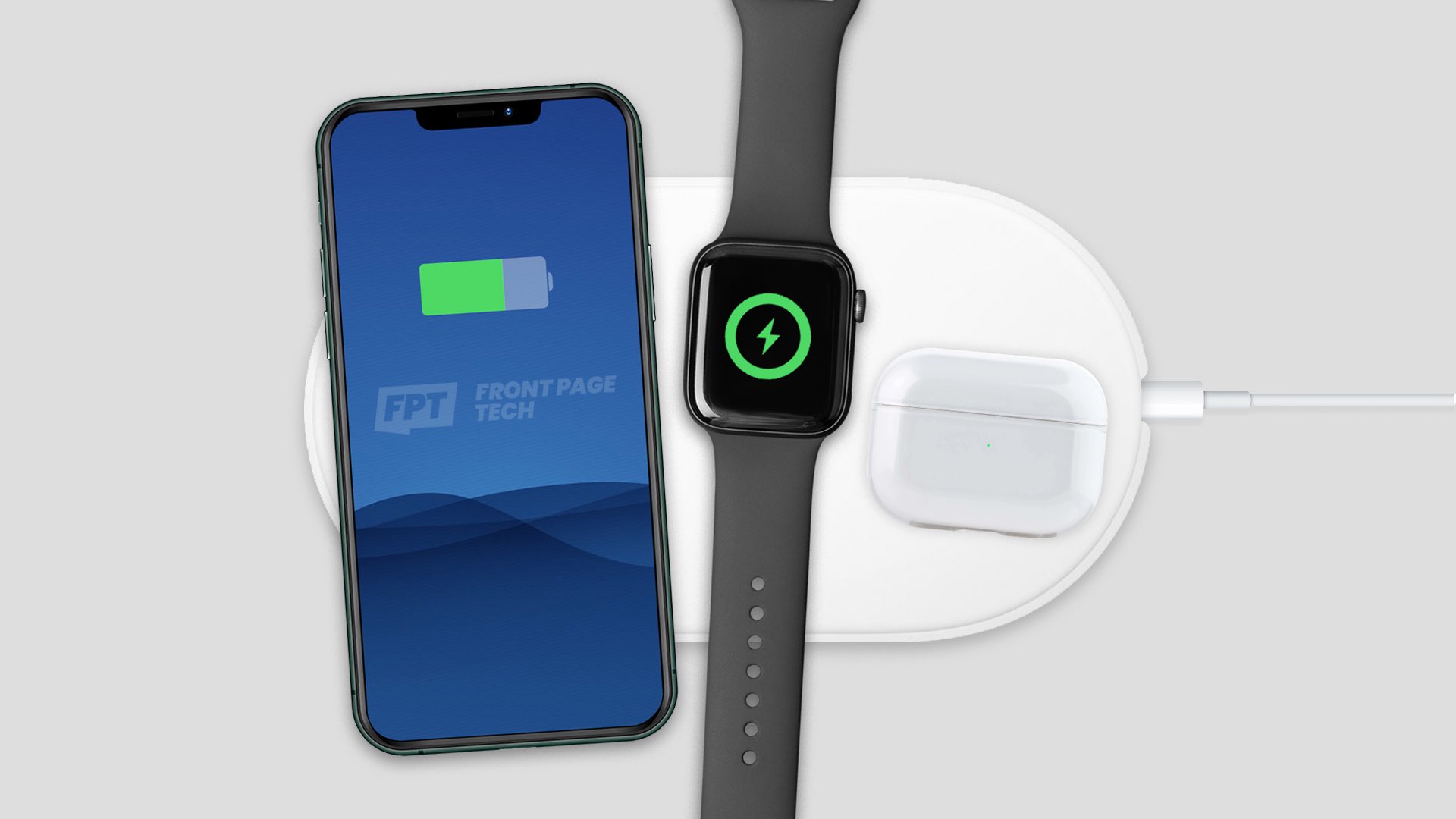
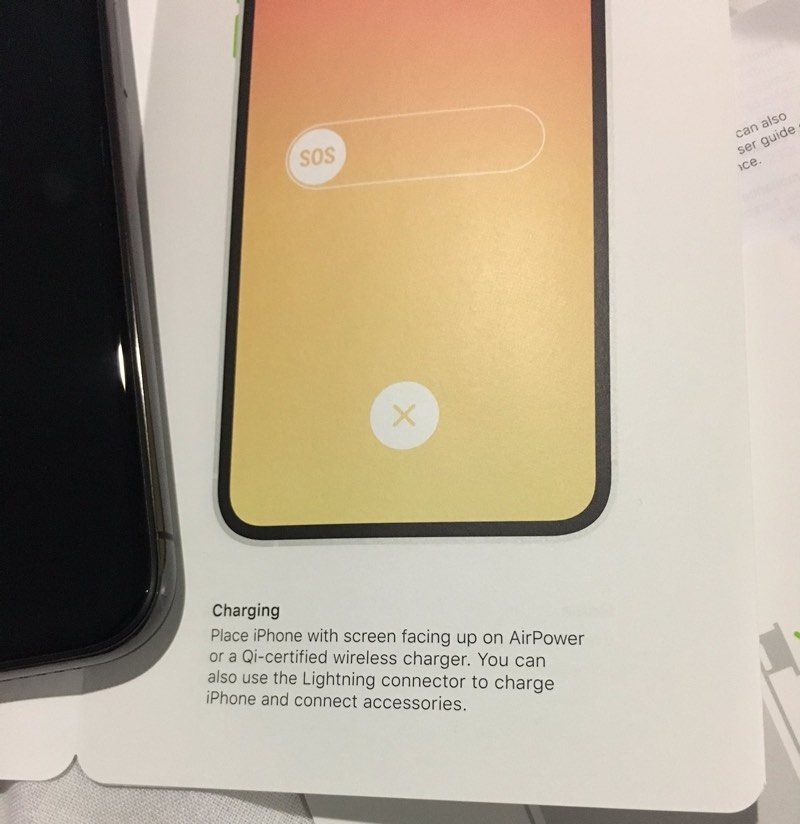
 Adam Kos
Adam Kos 